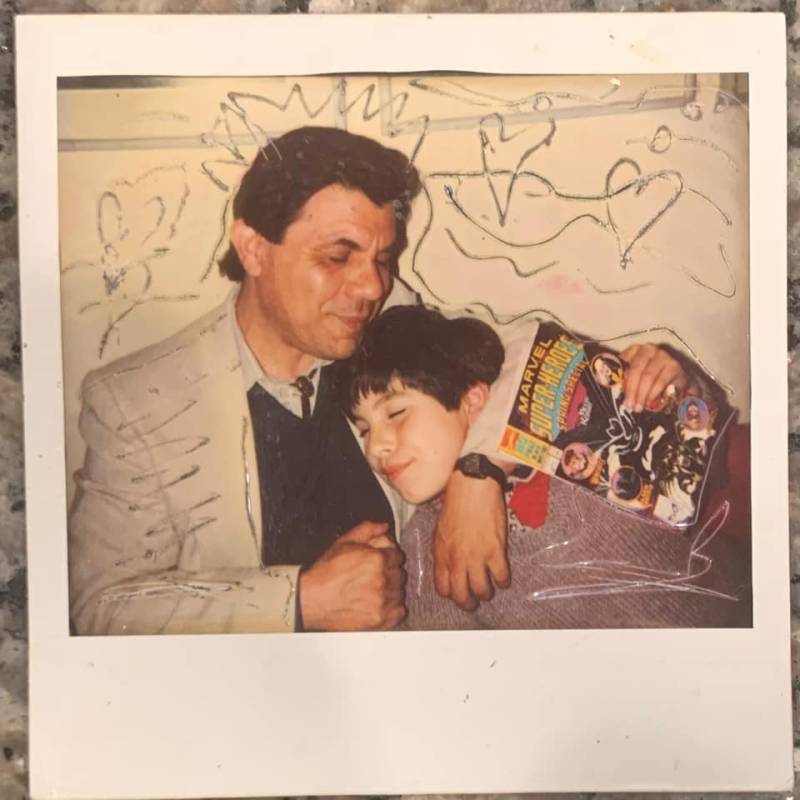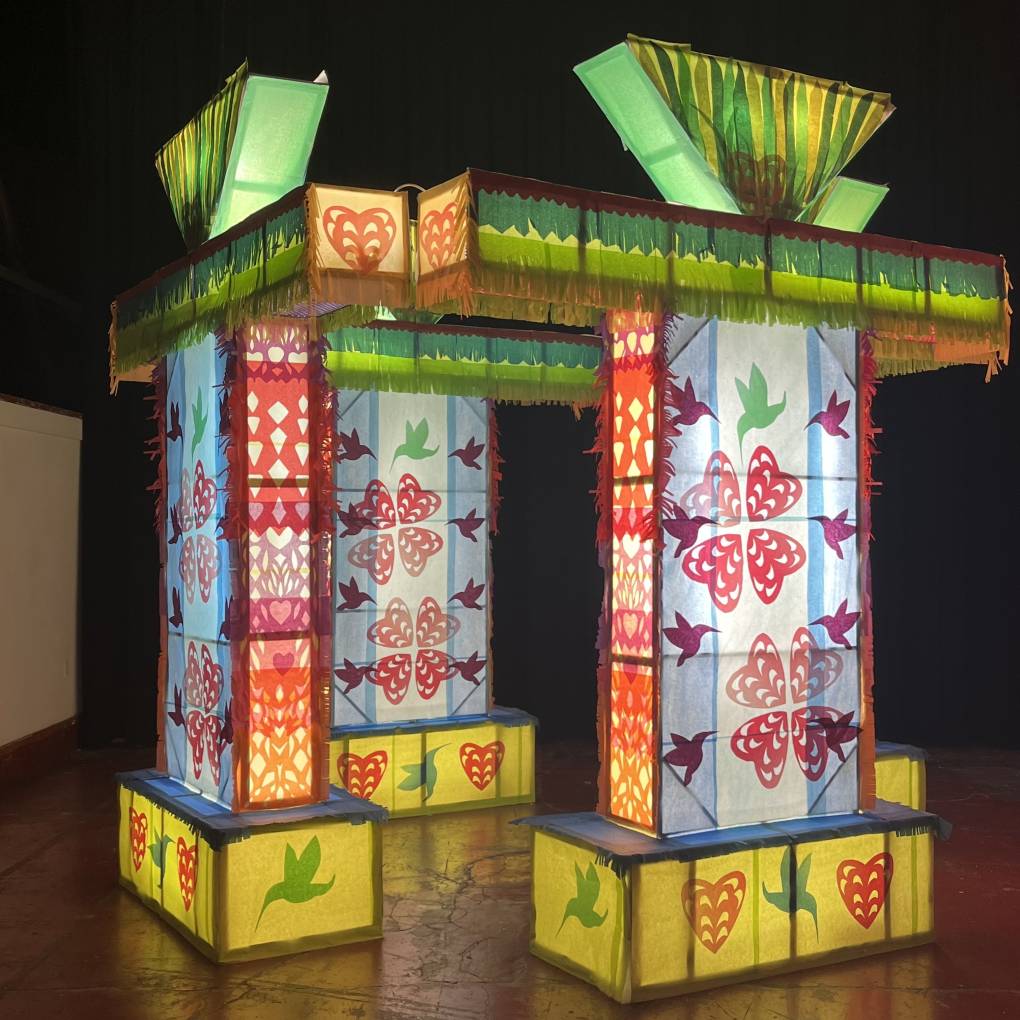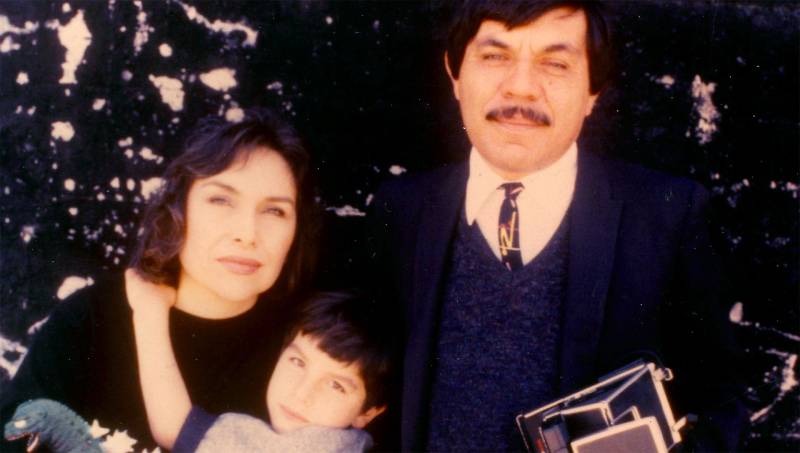At the heart of Día de los Muertos is a celebration of the cycle of life. It’s a time to talk with our dead. We sing to them, prepare altars with flower and food offerings, and share stories to keep their memories alive. It’s both a sacred and joyous time.
Here in the Bay Area, we go all out for the tradition. Elaborate public altars are constructed in parks, schools, and community spaces. Museums and galleries have exhibits with Day of the Dead themed art and installations. It’s truly a moment of visibility for Latino and Latinx culture and tradition.
But it wasn’t always this way in the Bay Area or the United States, for that matter. To shed light on the history of how Day of the Dead became such a significant tradition in San Francisco, we are talking to artist and curator Rio Yañez.

His father, Rene Yañez, is credited with helping start the Day of the Dead procession that runs through the Mission. The procession (now in its 41st year) started in 1981 and was an extension of the curatorial and educational work Rene Yañez and other Chicano/Latino artists were doing at Galería de La Raza to educate the community about Dia de los Muertos.
Rio carries the legacy forward by continuing to curate annual Day of the Dead altar exhibits that his father, Rene, started at SOMArts. In doing so, he also continues his parents’ work of mentoring younger artists. Now in its 23rd year at SOMArts, this year’s Day of the Dead show is titled, “To Love and Be Loved in Return,” and invites viewers to collectively grieve and heal. The exhibit is open through November 4th and can also be viewed virtually.



